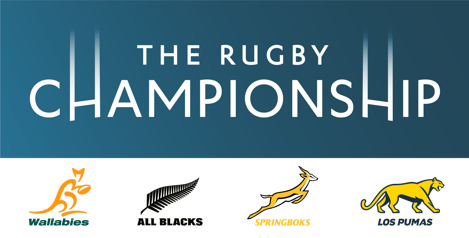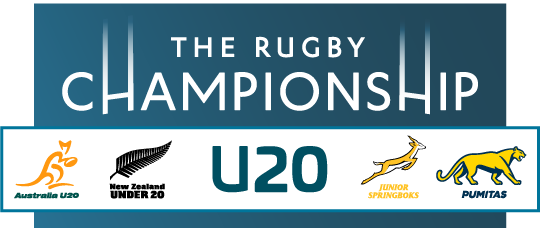The 2012 Super Rugby season saw the introduction of a white card, a lesser penalty card than the yellow and red, which the referee can use to flag an incident for review by the Citing Commissioner post match.
For example the white card was used if there was a potential incident on the field but neither the referee nor his assistants saw the incident, or they had a poor view of it.
Using the white card allows a balanced approach, not potentially over-reacting with a penalty or yellow or red cards, but still ensuring that a potential breach of the laws will not go unpunished.
White cards, according to SANZAR Game Manager Lyndon Bray, were used to show the general audience that nothing would go unpunished.
“It is important to revisit that the primary reason for the implementation of white cards is to demonstrate to the public that an incident is being referred for review by the Citing Commissioner,” Bray said.
“From that perspective, it is definitely a positive, as we get good feedback from commentators and fans alike, that they know an incident will be revisited.”
Bray said the white card also had considerable buy in from the players.
“It is also helpful on-field, as players tend to demonstrate a more rational response to the referee, when they simply know that the incident will be referred, rather than traditionally a referee having to say ‘I did not see it’” he said.
It was also a useful addition to the referee’s arsenal in managing the game.
“All the referees simply embraced the trial of white cards as an opportunity to explore the implementation of another tool in the Kit Bag,” he said.
“I think most of them would have said that it was beneficial in moments on the field when they could not take action.”
There were some fears earlier in the season that the white card could be abused by players, essentially opening the door for more complaints regarding unsighted incidents, but Bray said its application had been practically accepted by all involved.
“Very rarely to be fair did we see the system abused,” he said.
“In most cases the referee was already deeming to take some action by the time the players were involved.”
“Where it is a very helpful tool in relationship with the players is when something happens that was not detectable, for example when a player alleged he got bitten, or eye gouged (as happened twice during the competition).” Bray continued.
“The referee can then show the white card in response, so that the Citing Commissioner can be alerted to these alleged incidents. Because it is being referred officially, it helps to ensure that players use this option to allege an incident judiciously.
Bray also indicated that the white card will be used during the 2013 Super Rugby season.
“It is currently part of SANZAR's approved Judicial Trial rules for Super Rugby,” Bray said.
Bray said that the white card was rarely used, but did act as a useful judicial tool and a powerful deterrent to players.
“In the whole Super Rugby competition, there were 23 occasions when a White Card was used,” Bray said.
“This equates to approximately one card per weekend (or 7 games). Only two games saw the card used more than once.
“Of the 23 cards shown, 11 incidents went on to receive further attention, either with the issuing of an ‘off field Yellow Card’, or referral to a full Judicial process. Therefore half of the incidents were reviewed and deemed to not reach the ‘red card threshold’.”
“For a competition with some 125 games, this is a very good average and demonstrates that the more one can deter the players from getting away with acts of foul play, the more you will reduce the number of incidents.”





